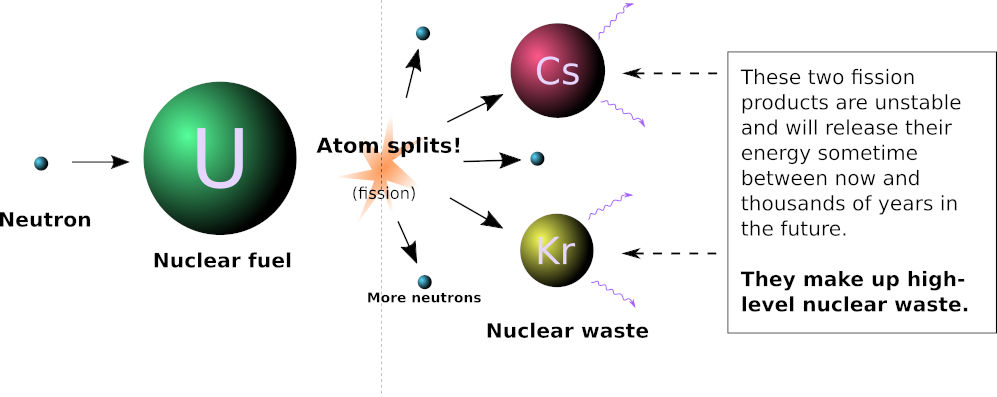
Uranium-234 has a half-life of 245,500 years, but it occurs only indirectly from the decay of U-238. Uranium-235 has a half-life of just over 700 million years. Uranium-238 has a half-life of an incredible 4.5 billion years.

Though uranium is highly associated with radioactivity, its rate of decay is so low that this element is actually not one of the more radioactive ones out there. Department of Energy (opens in new tab), and is 40 times more abundant than silver.

It is 48th among the most abundant elements found in natural crustal rock, according to the U.S. It is all over the planet, and makes up about 2 to 4 parts per million of most rocks. The universe's uranium formed 6.6 billion years ago in supernovae, according to the World Nuclear Association (opens in new tab). Marie Curie, a Polish scientist, coined the term radioactivity shortly after Becquerel's discovery, and with Pierre Curie, a French scientist, continued the research to discover other radioactive elements, such as polonium and radium, and their properties. This was the first instance that radioactivity had been studied and opened up a new field of science. He concluded it was giving off invisible rays, according to the Royal Society of Chemistry (opens in new tab). Becquerel had left a sample of uranium on top of an unexposed photographic plate, which became cloudy. Uranium was found to be radioactive in 1896 by Antoine H. Eugène-Melchior Péligot, a French chemist, isolated pure uranium in 1841 by heating uranium tetrachloride with potassium. (Image credit: Peter Chow UK via Shutterstock)Īccording to the Los Alamos National Laboratory (opens in new tab), Klaproth named the new element after the recently discovered planet Uranus, which was named for the Greek god of the sky. In normal light the glass has a green tint, but does not glow. The uranium glows green with fluorescence. His discovery turned out to be uranium oxide and not pure uranium as he had originally believed.Īrt deco molded green uranium glass lit by UV light on a table. Klaproth concluded that he had discovered a new element when the reaction between the potash and precipitate didn't follow any reactions of known elements. The mineral was dissolved in nitric acid, and then potash (potassium salts) was added to the remaining yellow precipitate. Klaproth discovered the element in the mineral pitchblende, which at the time was thought to be a zinc and iron ore. 79, when uranium oxide was being used as a coloring agent for ceramic glazes and in glass, according to Chemicool (opens in new tab). Martin Heinrich Klaproth, a German chemist, discovered uranium in 1789, although it had been known about since at least A.D. Number of isotopes (atoms of the same element with a different number of neutrons): 16, 3 naturally occurring.Melting point: 2,075 degrees Fahrenheit (1,135 degrees Celsius).



 0 kommentar(er)
0 kommentar(er)
